Diamondback BMX bikes stand as a cornerstone in the history of BMX, emerging from the vibrant scene of the late 1970s in the United States. Originating in Newbury Park, California, in 1977, the brand was first known as Western States Import Co (WSI), a division of the Centurion bicycle brand established in 1969 by Mitchell Weiner and Junya (Cozy) Yamakoshi. Diamondback quickly became a prominent name in the burgeoning BMX world.
The early 1980s marked a pivotal era for Diamondback, particularly with the arrival of Sandy Finkelman. This period, often celebrated by enthusiasts as the “Black and Silver” era, witnessed the creation of Diamondback’s most iconic bikes. The brand adopted a striking monochromatic aesthetic, utilizing chrome, black, and grey across their bikes, decals, team apparel, and overall branding. For many collectors and aficionados, these black and silver Diamondback BMX bikes represent the brand at its most memorable and influential. This era coincided with the golden age of BMX racing, lasting until approximately 1984/1985, a time lovingly referred to as “Old School BMX” by those in the know.
The Era of Japanese Manufacturing Excellence
Initially, the first MX models of Diamondback BMX bikes were manufactured in the USA at Jere Kirkpatrick’s factory in Southern California. However, by 1979, production shifted to Japan under the Koizumi corporation. This transition was spearheaded by product development manager Junya “Cosy” Yamakoshi and later team manager Sandy Finkelman (formerly of Wheels ‘n’ Things). Many Diamondback enthusiasts consider this period to be the brand’s zenith, producing the most iconic and highest quality bikes, including the legendary Harry Leary Turbo, often abbreviated to HLT. As the 1980s progressed, economic shifts, notably the Plaza Accord [1], led to a significant increase in the strength of the Japanese Yen. This financial pressure compelled importers to seek more cost-effective manufacturing locations to maintain their profit margins [2].
Transition to Taiwanese Production
Driven by the need to reduce manufacturing costs, Diamondback once again relocated its production, this time to Taiwan and the Fairly Bike company. Here, Fairly took over the manufacturing of Diamondback’s lower-end models. However, production of the premium, higher-priced models, such as the Harry Leary Turbo and Formula 1, remained at the Koizumi plant. For a brief period, manufacturing at the Koizumi plant in Japan and Fairly in Taiwan overlapped, ensuring a smooth transition while maintaining the quality of their flagship models.
Diamondback BMX Models: A Historical List (1977 – 1984)
Below is a chronological list of Diamondback Old School BMX models. Please note that later “mid-school” models are not included in this list but may be covered in the future.
| Model | Manufacturer / Location | Years Produced |
|---|---|---|
| MX | Jere / USA | 1977/8 |
| Large Pro | Koizumi / Japan | 1979-1981 |
| TK | Koizumi / Japan | 1980-1981 |
| Pro Kit (Senior Pro, Medium, Mini) | Koizumi / Japan | 1981 – 1983 |
| Silver Streak | Koizumi / Japan | 1981 – 1983 |
| Formula 1 | Koizumi / Japan | 1983-1984 |
| Turbo Lite | Koizumi / Japan | 1982 – 1984 |
| Harry Leary Turbo | Koizumi / Japan | 1982 – 1984 |
| Viper | Fairly / Taiwan | 1983 – 1984 |
| Pacer 500 | Fairly / Taiwan | 1983 – 1984 |
| Super Viper | Fairly / Taiwan | 1984 |
| Super Streak | Fairly / Taiwan | 1984 |
Diamondback BMX Model Timeline: Key Milestones
The timeline below visually represents the chronological progression of Diamondback BMX models. This section is continually updated to provide the most accurate historical overview.
1977
Diamondback Founded in California, 1977
The brand is established, marking the beginning of its journey in the BMX world.
1978
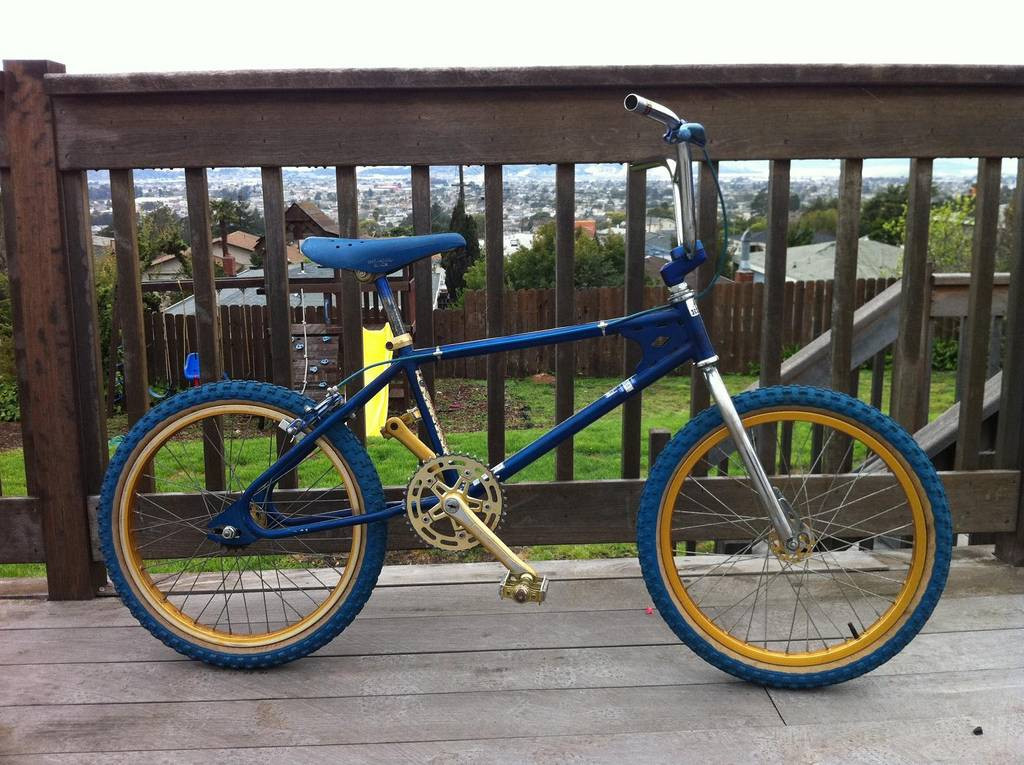 Diamondback MX Model
Diamondback MX Model
MX Model Introduction
Diamondback releases its first model, the MX, signifying its entry into the BMX bike market.
1978
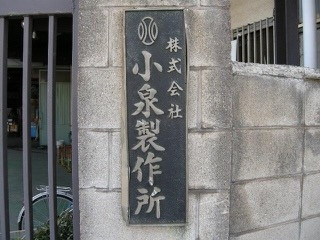 Koizumi Factory in Japan
Koizumi Factory in Japan
Koizumi Production Begins
Diamondback shifts its production from the USA to Koizumi in Japan, emphasizing a move towards Japanese manufacturing quality.
1979
 Diamondback Large Pro Model
Diamondback Large Pro Model
Large Pro Model Launched
The Large Pro model is introduced, expanding Diamondback’s range of BMX bikes.
1981
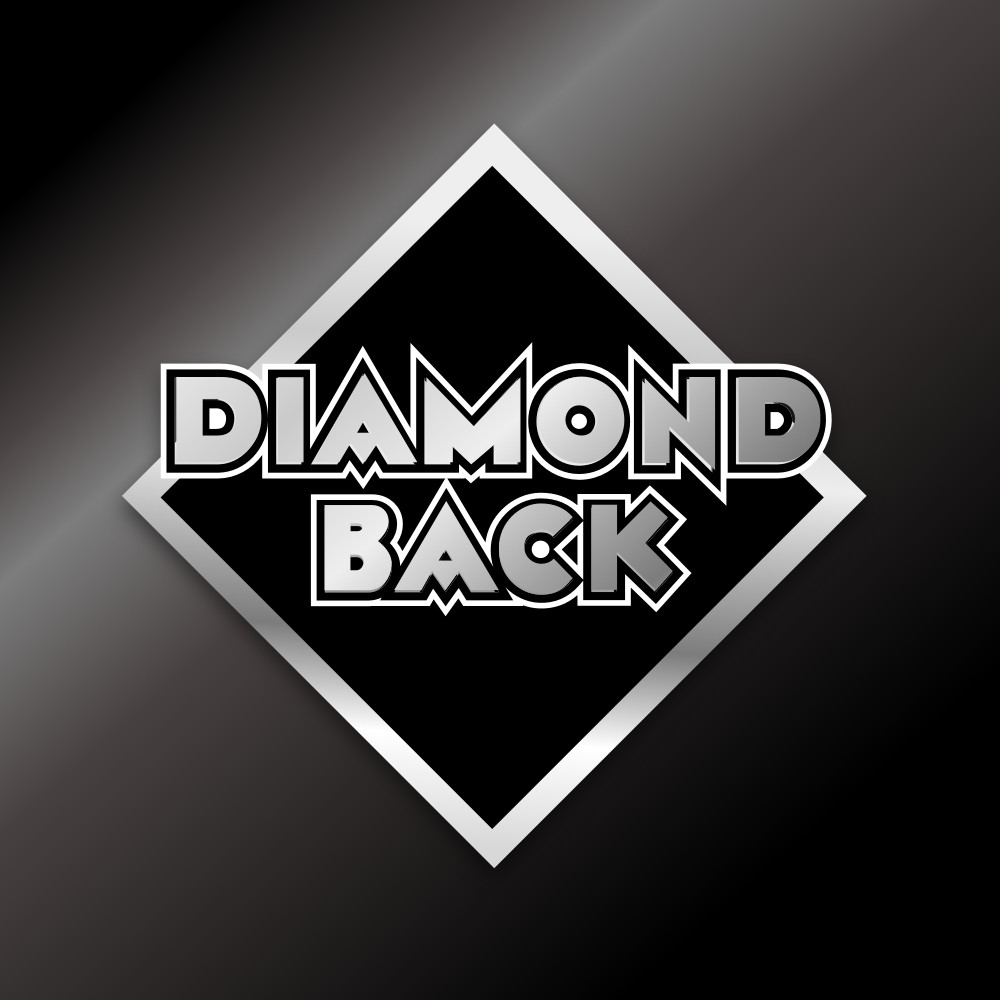 Diamondback Black and Silver Period
Diamondback Black and Silver Period
The Iconic Black and Silver Period Begins
Sandy Finkelman’s arrival heralds the beginning of the legendary “Black and Silver” era, shaping Diamondback’s visual identity and brand appeal.
1981
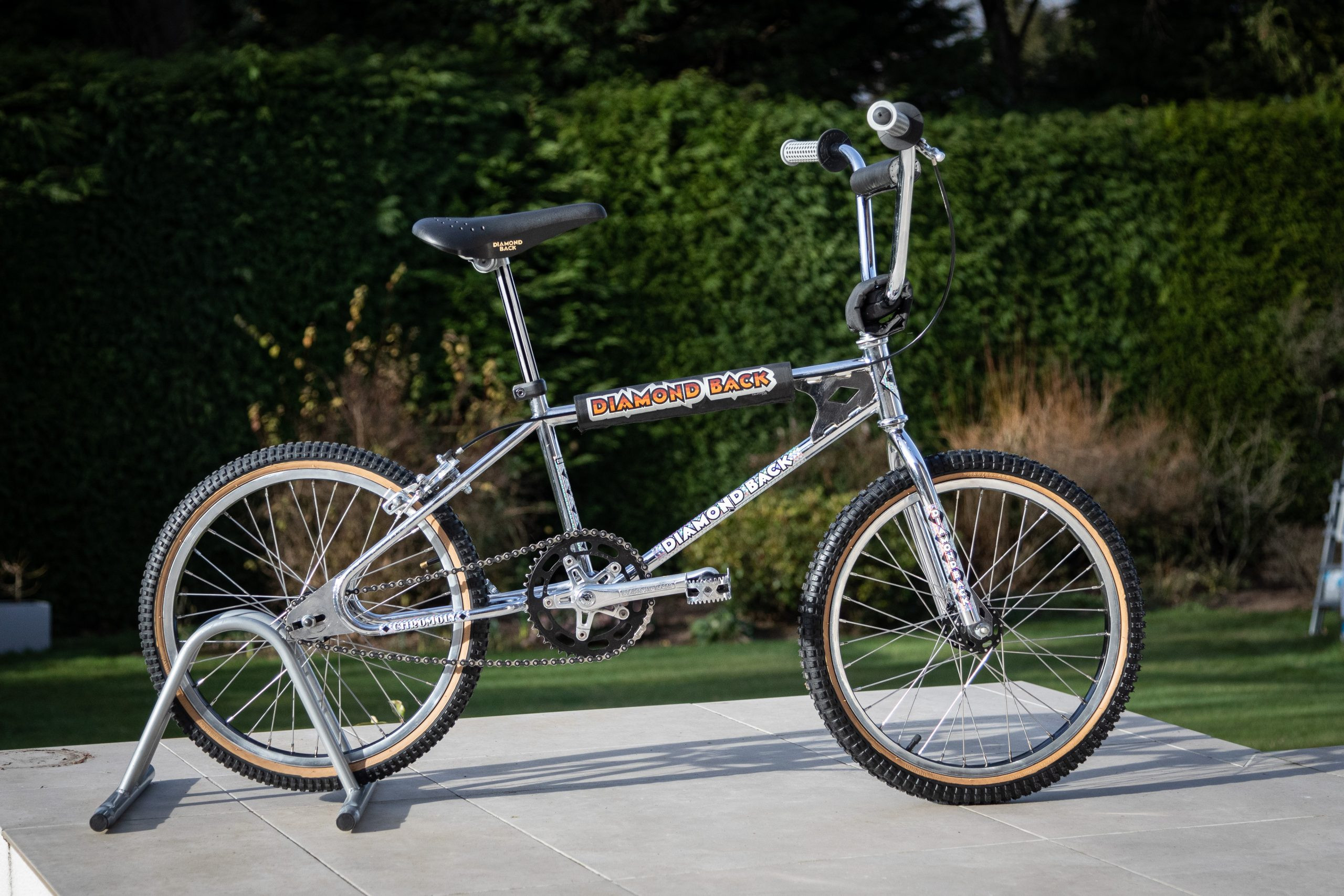 Diamondback Pro Kit Senior Pro Model
Diamondback Pro Kit Senior Pro Model
Pro Kit Series Introduced
Diamondback launches the Pro Kit series, including the Senior Pro, Medium Pro, and Mini Pro models, catering to different rider sizes and skill levels.
1981 – 1983
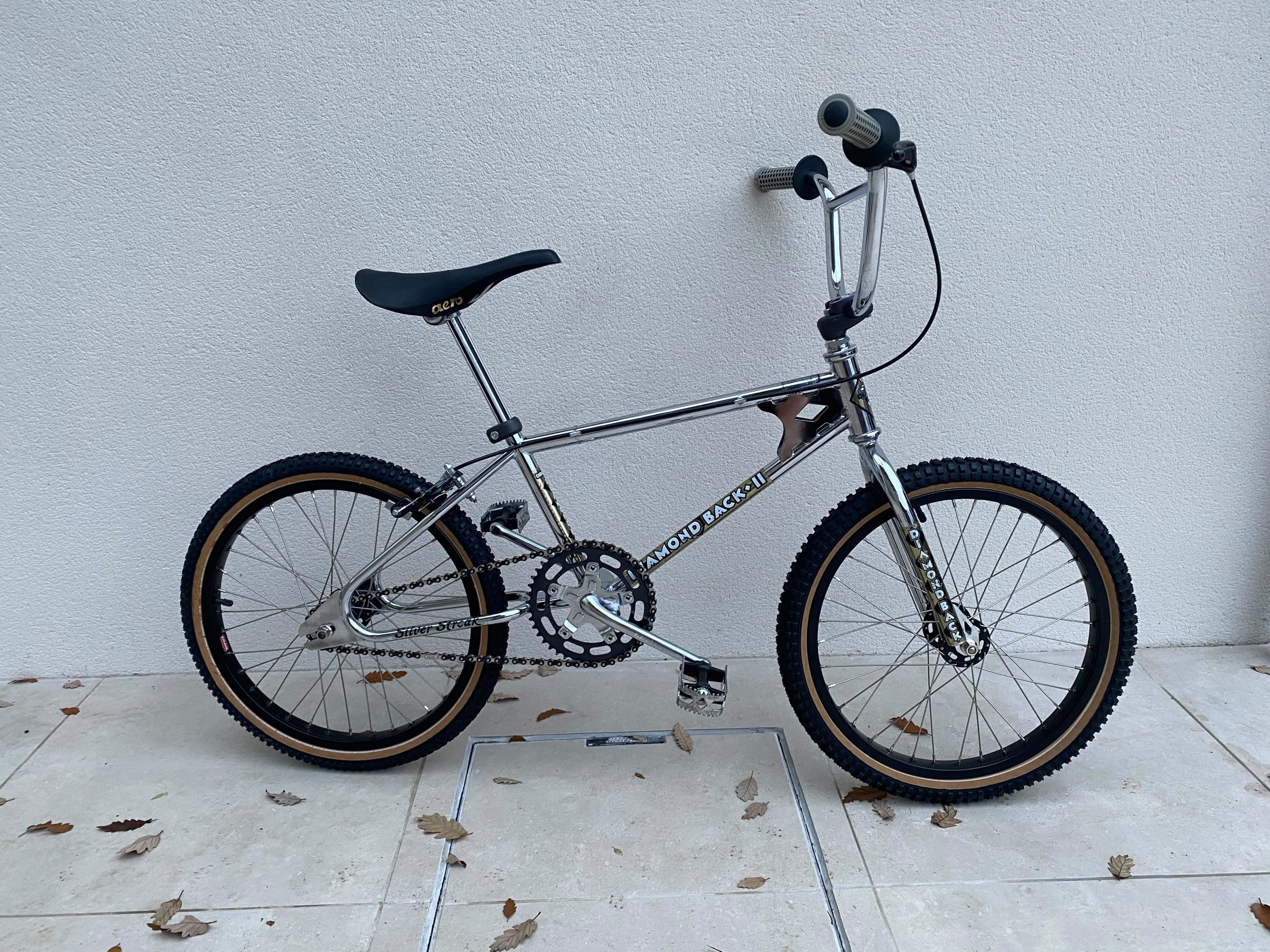 Diamondback Silver Streak Model
Diamondback Silver Streak Model
Silver Streak Model Debuts
The Silver Streak model enters the market, known for its distinctive design and features.
1982
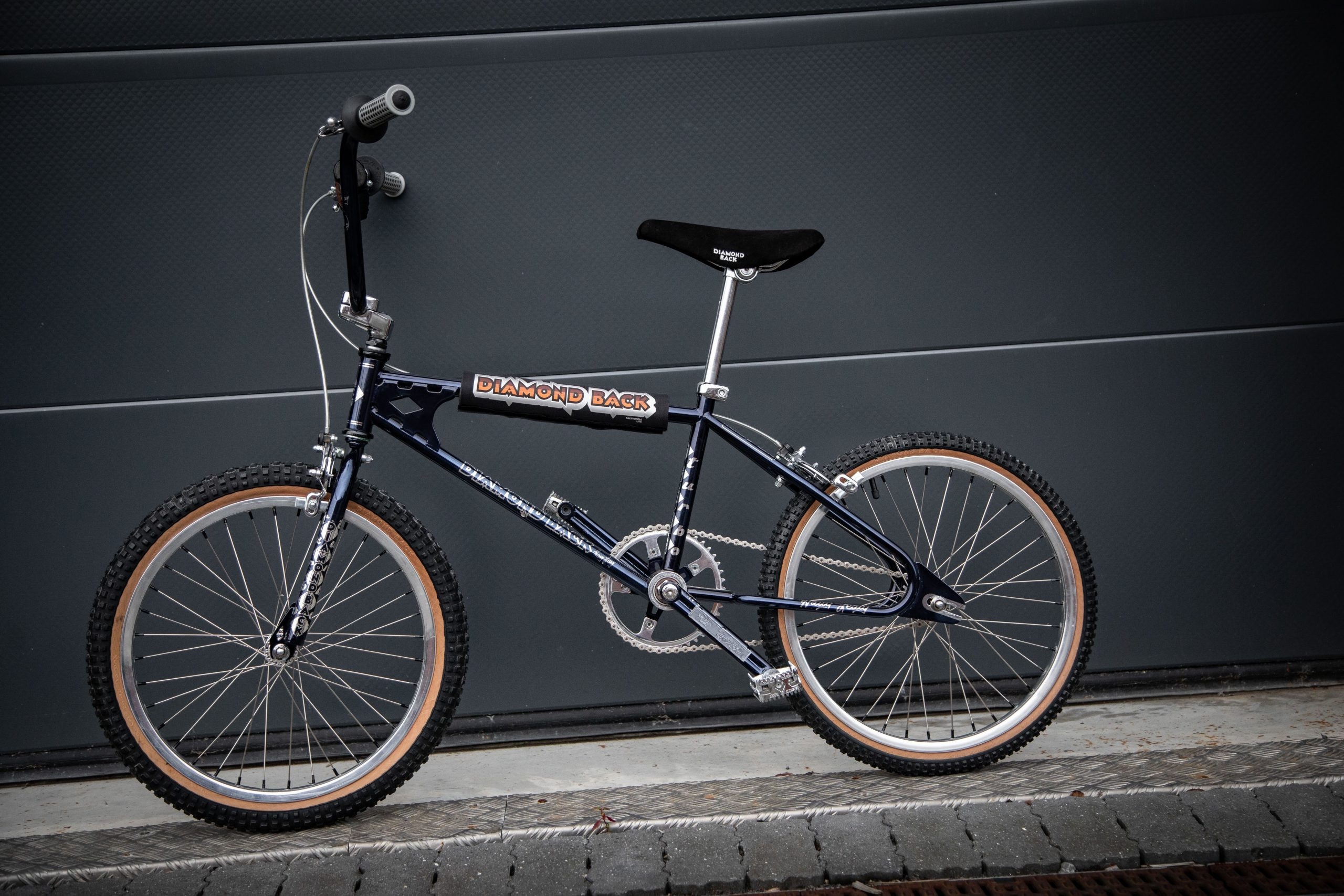 Diamondback Harry Leary Turbo HLT Model
Diamondback Harry Leary Turbo HLT Model
Harry Leary Turbo (HLT) Model Release
The legendary Harry Leary Turbo, or HLT, is released, becoming one of Diamondback’s most sought-after and iconic models.
1983 – 1984
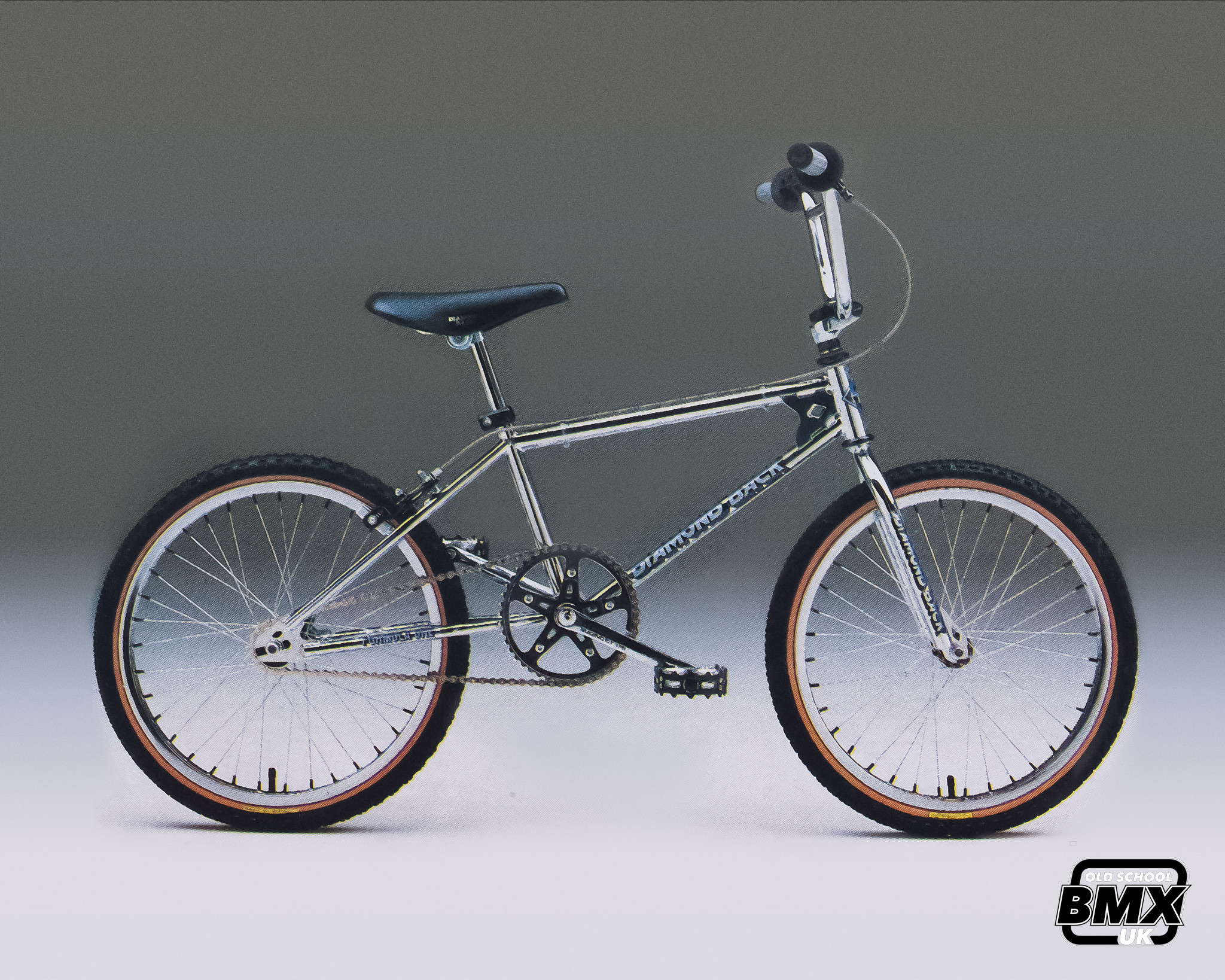 Diamondback Formula 1 Advert
Diamondback Formula 1 Advert
Formula 1 Model Introduction
The Formula 1 model is launched, representing Diamondback’s innovation and performance in BMX technology.
1983
Turbo Lite Model Arrives
The Turbo Lite model is added to the Diamondback lineup, offering a lighter alternative for racers and enthusiasts.
1983
Fairly Taiwan Production Commences
Diamondback begins production in Taiwan with Fairly, seeking to manage costs while maintaining a range of models.
1983
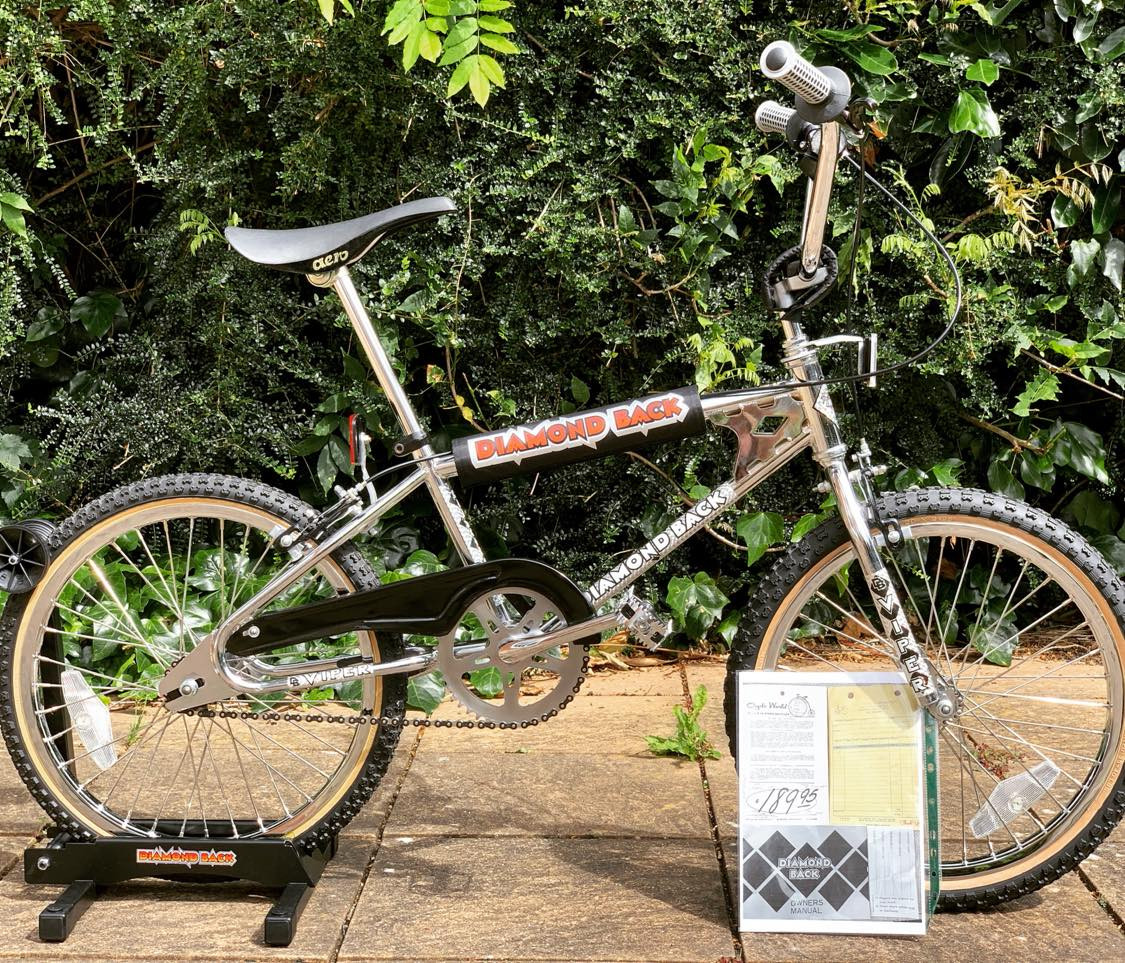 Diamondback Viper Model 1983
Diamondback Viper Model 1983
Viper Model Launched
The Diamondback Viper is introduced, quickly becoming a successful and enduring model in the brand’s history. This name would become synonymous with Diamondback BMX for years to come.
1983
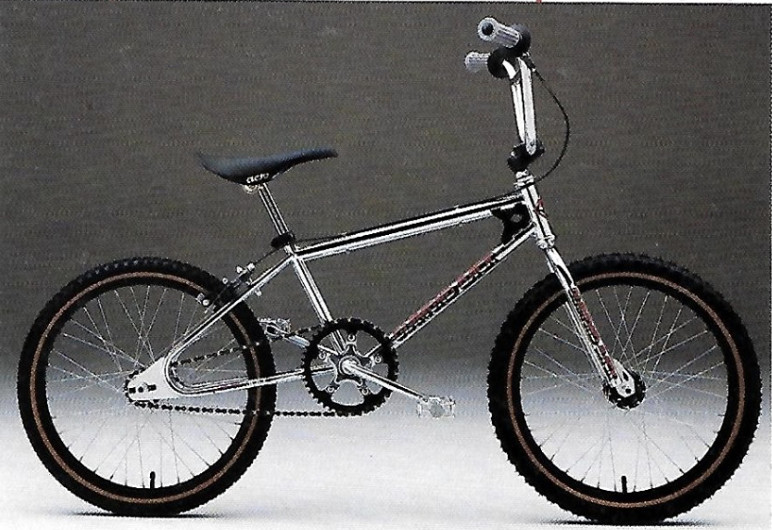 Diamondback Pacer 500 Model
Diamondback Pacer 500 Model
Pacer 500 Model Introduced
The Pacer 500 is released as a supposed replacement for the Silver Streak, but faced market challenges due to branding and was subsequently rebadged.
Explore More Diamondback BMX Resources
For those seeking to identify their Diamondback BMX model or delve deeper into the brand’s history, we offer a variety of articles, tools, and reference sections on our site.
Notes:
[1] Plaza Accord: [Link to Plaza Accord explanation if relevant, or remove if not necessary for general audience]
[2] Cost Pressures:


